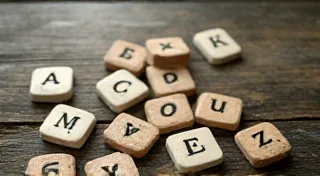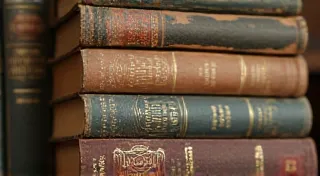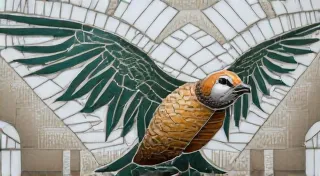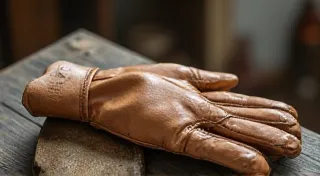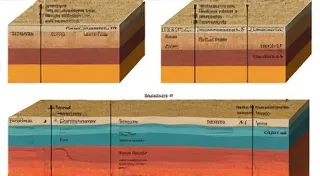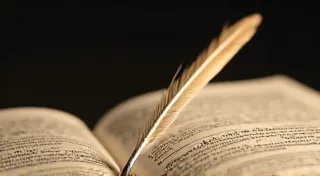Restoring Vintage Slide Rules: A Journey Through Analog Calculation
Delve into the fascinating world of vintage slide rules – remarkable engineering tools and antique tools that once reigned supreme in the realm of scientific and engineering calculations. This website is dedicated to the art and science of restoring these elegant devices, exploring their history, mechanics, and enduring appeal. Join us as we uncover the stories etched into brass and ivory, and learn how to breathe new life into these treasures of the past.
Rediscovering a Lost Art: The Allure of the Slide Rule
In a world dominated by digital computation, it’s easy to overlook the ingenuity and artistry of analog tools. Yet, the slide rule represents more than just a calculator; it's a tangible link to a bygone era of innovation, a testament to human problem-solving skill, and a beautiful object in its own right. These weren't simply instruments; they were extensions of the mind, demanding a level of understanding and engagement often absent in today's automated processes. Their intricate mechanics fostered a unique relationship between the operator and the calculations being performed.
This website is a celebration of that legacy. Whether you’re a seasoned collector, a budding restorer, a history enthusiast, or simply curious about these remarkable antique tools, you’re in the right place. We're here to share knowledge, techniques, and inspiration for those interested in preserving and understanding the world of slide rules.
Why Restore? Beyond Functionality
The act of restoring a vintage slide rule is far more than just repairing a broken device. It's an act of preservation, a connection to the past, and a rewarding craft in its own right. Consider the journey of a slide rule through time; it has likely been held by countless hands, used to solve complex problems, and witnessed significant advancements in science and technology. The physical condition often tells a silent story. Exploring the markings and wear patterns can offer incredible insights. It’s about appreciating the craftsmanship and the history embedded within the brass and ivory.
But beyond sentimentality, restoration provides a unique opportunity to understand the underlying principles of calculation. By disassembling, cleaning, repairing, and reassembling these instruments, you gain a profound appreciation for their ingenious design. You begin to truly understand how they work, an understanding often lost with the ease of digital computation. This deeper understanding is something we explore in detail – for example, take a look at The Grammar of Gears: Understanding the Mechanics of a Slide Rule's Movement, where we delve into the intricate workings of their mechanisms.
A Brief History: From Abacus to Algorithm
The slide rule didn't appear in a vacuum. It’s the culmination of centuries of mathematical innovation, building upon the abacus and logarithmic tables. Its widespread adoption coincided with the rapid advancements in engineering and science throughout the 19th and 20th centuries. For engineers and scientists, these were more than just tools; they were essential companions. The development of these engineering tools mirrored the expanding horizons of exploration, construction, and innovation.
The era of the slide rule wasn’t just about calculation; it fostered a culture of precision and ingenuity. It demanded a level of mental engagement that’s arguably diminished in the digital age. Consider how the very design of the slide rule influenced the methodologies of problem-solving – the need for approximations, the focus on understanding underlying principles, and the constant interplay between mental calculation and physical manipulation. The The Measure of Ingenuity: Slide Rules and the Birth of Modern Computing explores this fascinating link between the slide rule and the nascent computing age.
The Resonance of Precision: More Than Just Numbers
Beyond the calculations, the slide rule embodies a unique sensory experience. The satisfying click of the scales, the cool feel of brass in your hand, the visual harmony of the markings – all contribute to a tactile and mental engagement that's absent in digital computation. It's a connection to a tangible universe. We examine this sensory experience further in Brass & Intuition: The Sensory Experience of Precision, capturing the essence of using these beautiful instruments.
The Art of Restoration: A Step-by-Step Approach
Restoring a vintage slide rule requires patience, attention to detail, and a basic understanding of mechanics. The process typically involves careful disassembly, cleaning, lubrication, and repair of damaged parts. While each slide rule presents its own unique challenges, the underlying principles remain consistent. Common issues include cracked scales, loose components, tarnished brass, and dried-out lubricants.
We aim to provide detailed guidance on these techniques. While a full restoration guide is a complex undertaking, we offer insights into various aspects, from identifying materials (A Legacy in Layers: Examining the Materials of Slide Rule Construction) to deciphering unusual markings (The Silent Language of Scales: Deciphering Antique Slide Rule Markings).
Preserving the Narrative: Beyond the Mechanics
Restoration isn’s just about fixing mechanical issues; it’s about preserving the story etched into the device. Often, you can find clues about the previous owners – initials, dates, or even cryptic notes – that add another layer of fascination to the restoration process. Even the wear patterns can hint at how the slide rule was used. This is a crucial aspect, as the markings and wear are visual “imprints of thought” – a concept we explore further in Imprints of Thought: Discovering the Hands that Operated the Slide Rule.


